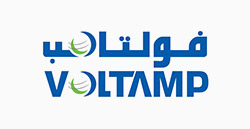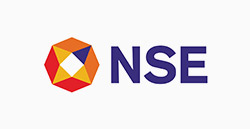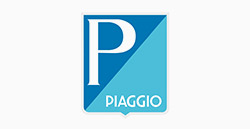Geometric Dimensioning and Tolerancing
Geometric Dimensioning and Tolerancing (GD&T)
What is GD&T?
Geometric dimensioning and tolerancing is an international language used on drawings to accurately describe each part. Geometric tolerancing is an exact language that enables designers to “say what they think” on a drawing, thus creating the best product designs. Providing uniformity in drawing specifications and interpretation, GD&T reduces controversy, guesswork, and assumptions throughout the manufacturing and inspection process.
Why GD&T?
When designers apply geometric tolerancing, they must consider the fit and function of every part. GD&T, in effect, acts as a checklist for the designers to consider the dimensions of all the features. Properly applied geometric tolerance ensures that every part will assemble easily every time. Geometric tolerancing helps the designer to specify the maximum available tolerance and design the most cost-efficient parts.

Topics Covered:
GD&T:
- Concept of interchangeability
- Introduction to GD & T
- Dimensioning, Limits, Fits & Tolerancing
- Tolerancing Methods
- Geometric Dimensioning & Tolerancing
- GD & T characteristics & rules
- Datum
- Form Tolerance
- Orientation Tolerance
- Location Tolerance
- Profile
- Runout
Statistical Tolerancing:
- Introduction
- Worst Case Tolerance
- Statistical Tolerance
- Statistical Tolerance by simulation
- Assembly Shift
Learning Outcomes:
The participant will be able to:
- Know the fundamentals of GD&T symbols.
- Understand the use of GD&T symbols to convey fit form and functional requirements.
- Demonstrate understanding on the use of GD&T in engineering drawings.
- Understand methods used to check for part compliance to GD&T symbols.
Past Program Testimonials
Very useful training for people like me who deal with manufacturing drawings on a day to day basis.
GD&T is the kind of topic which can be confusing even for a guy who has rich experience in making engineering drawings. This workshop by SSA Techknowlogies helps clear all that confusion.
Great workshop for beginners as well as the experienced engineers. I wish I had across this training program sooner.
Contact With our Expert
This program can be further customized after understanding your requirements. Write to us by clicking the button below and we would be happy to tailor a course as per your industry needs.
I am Interested!



















